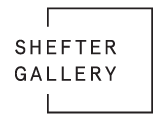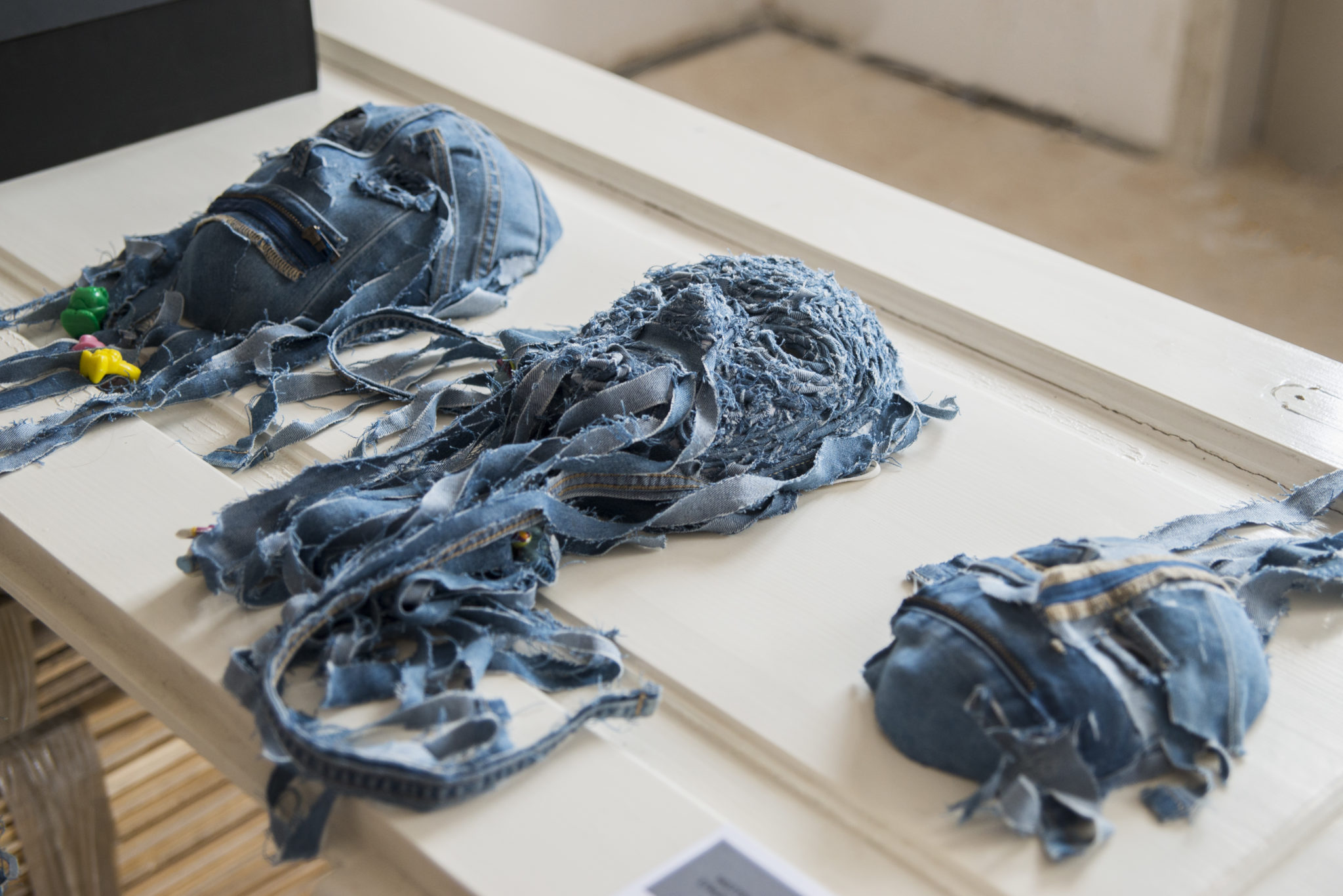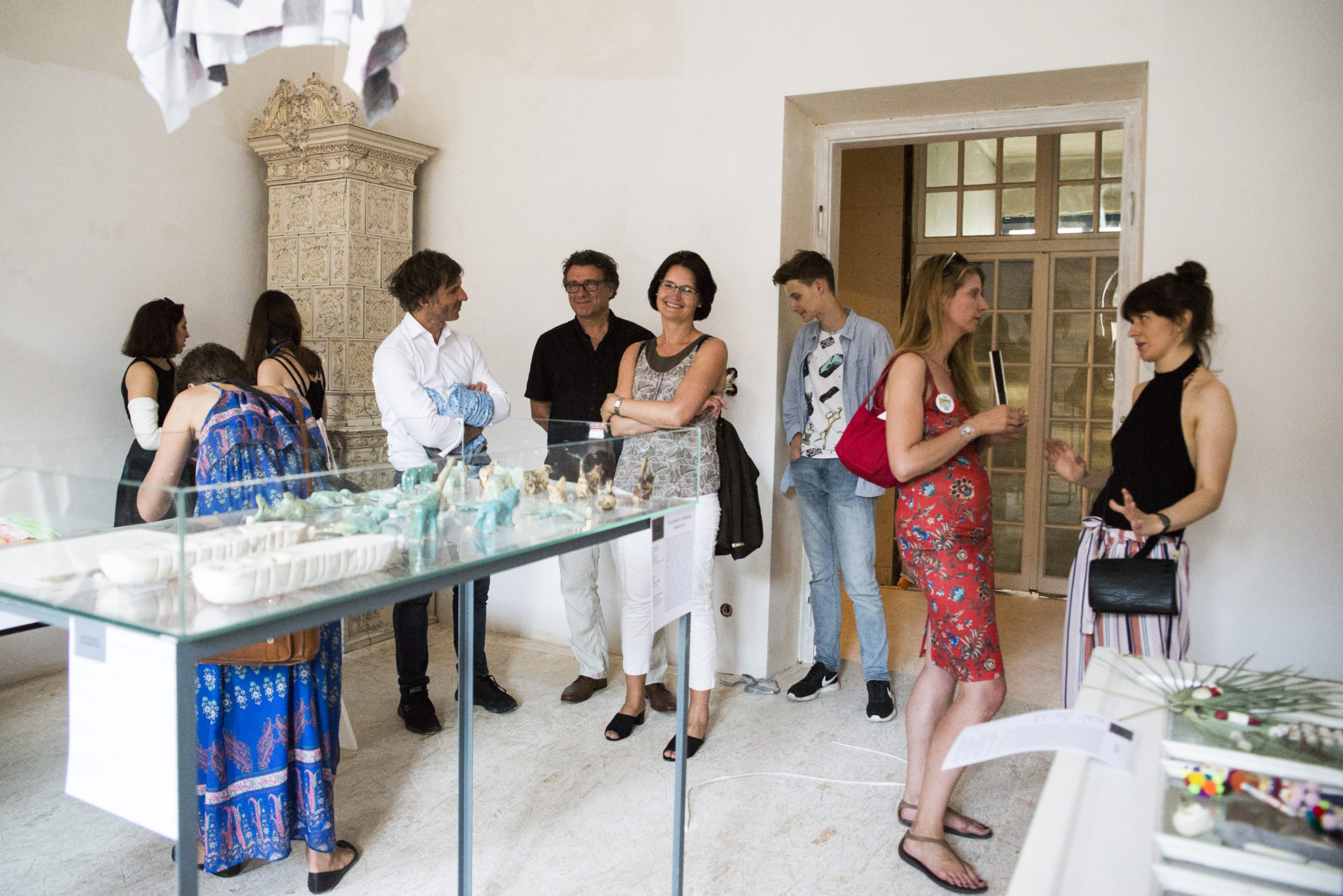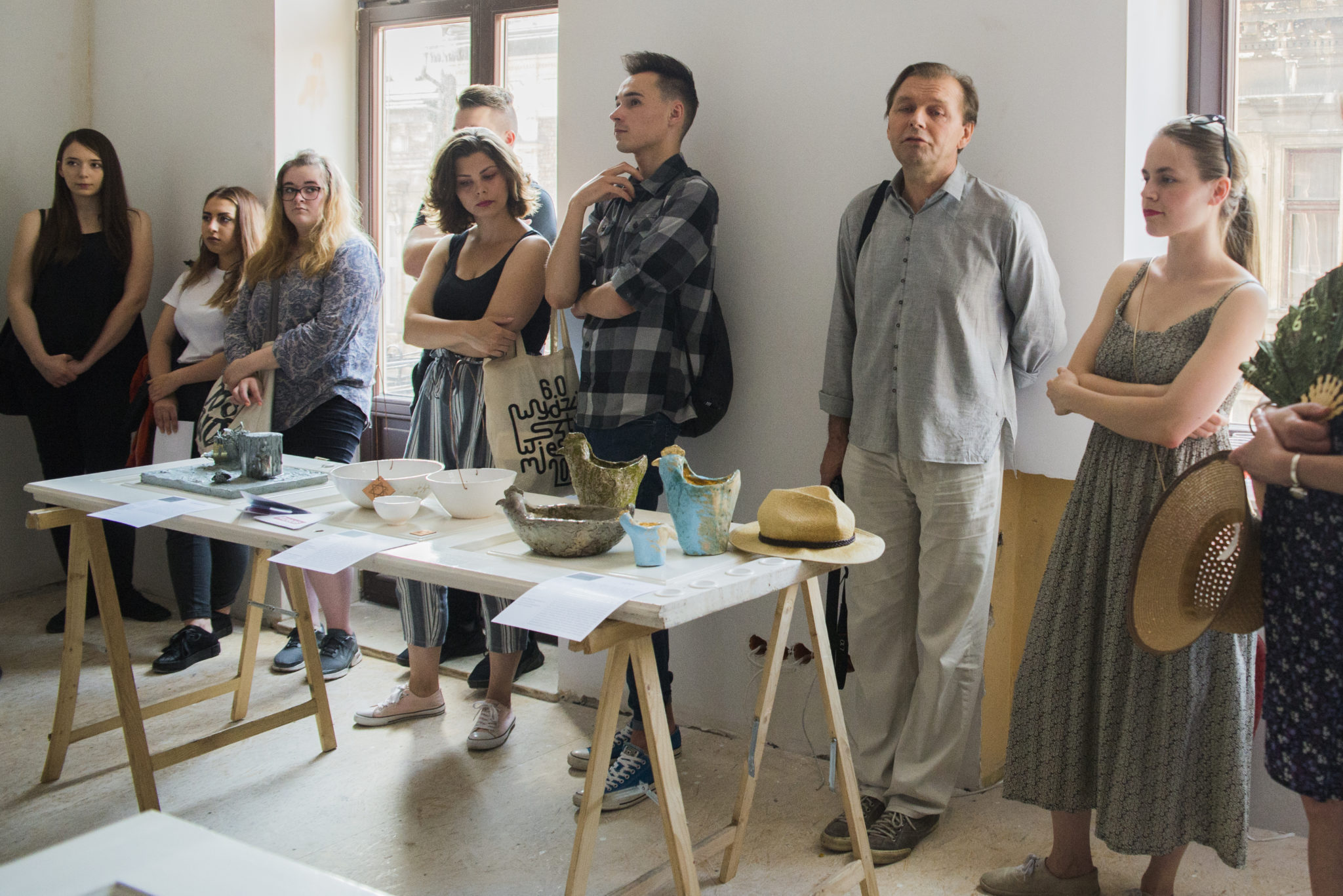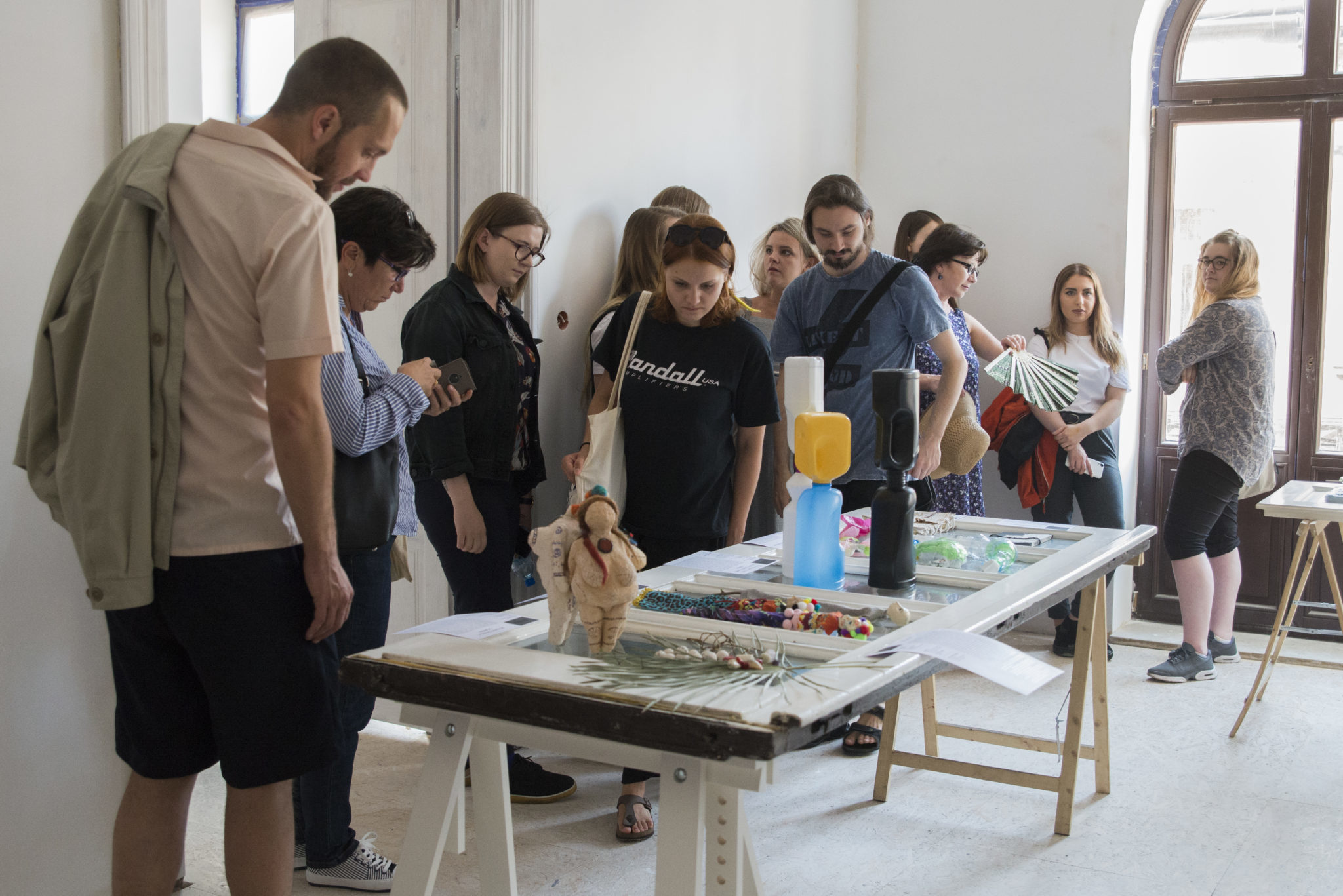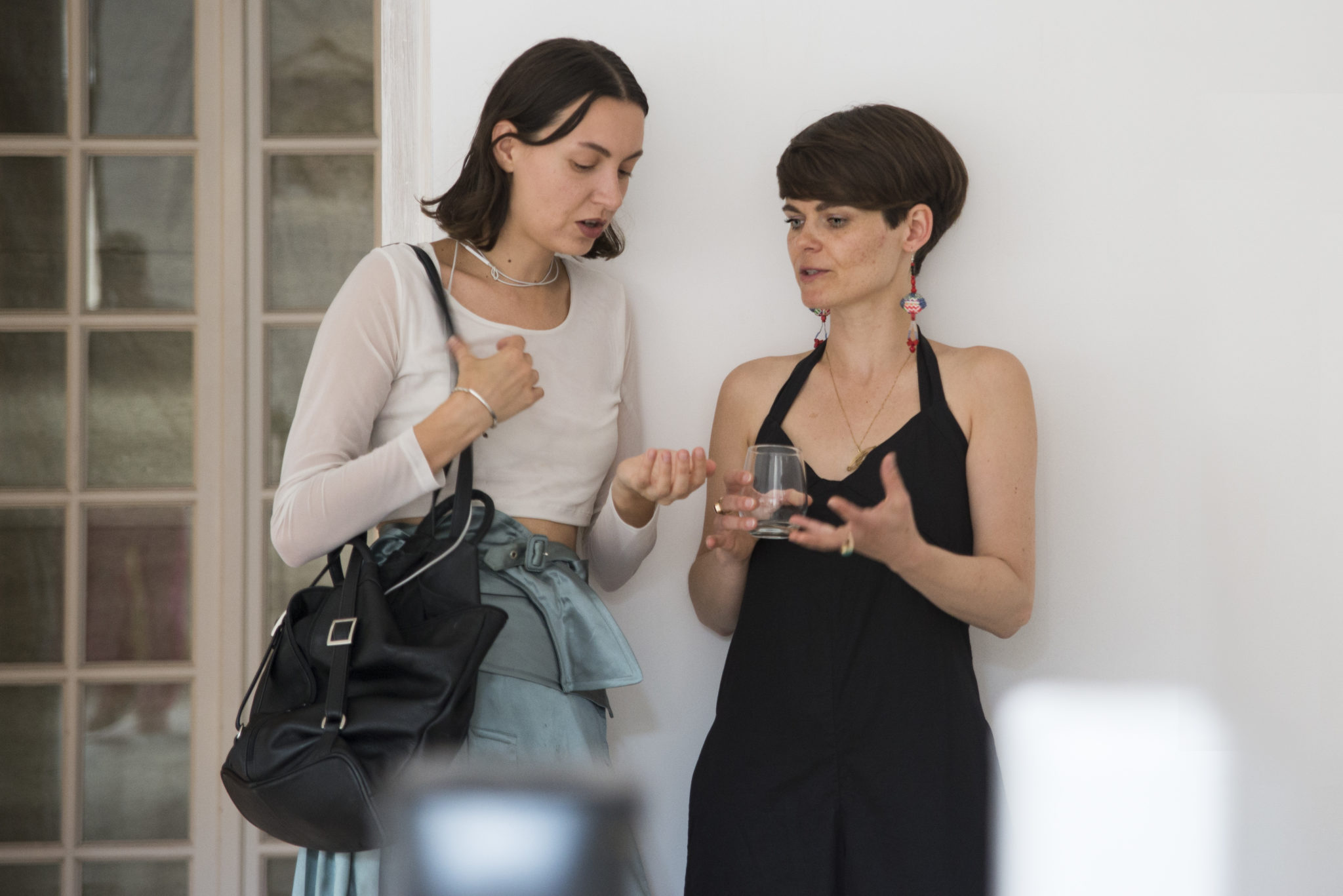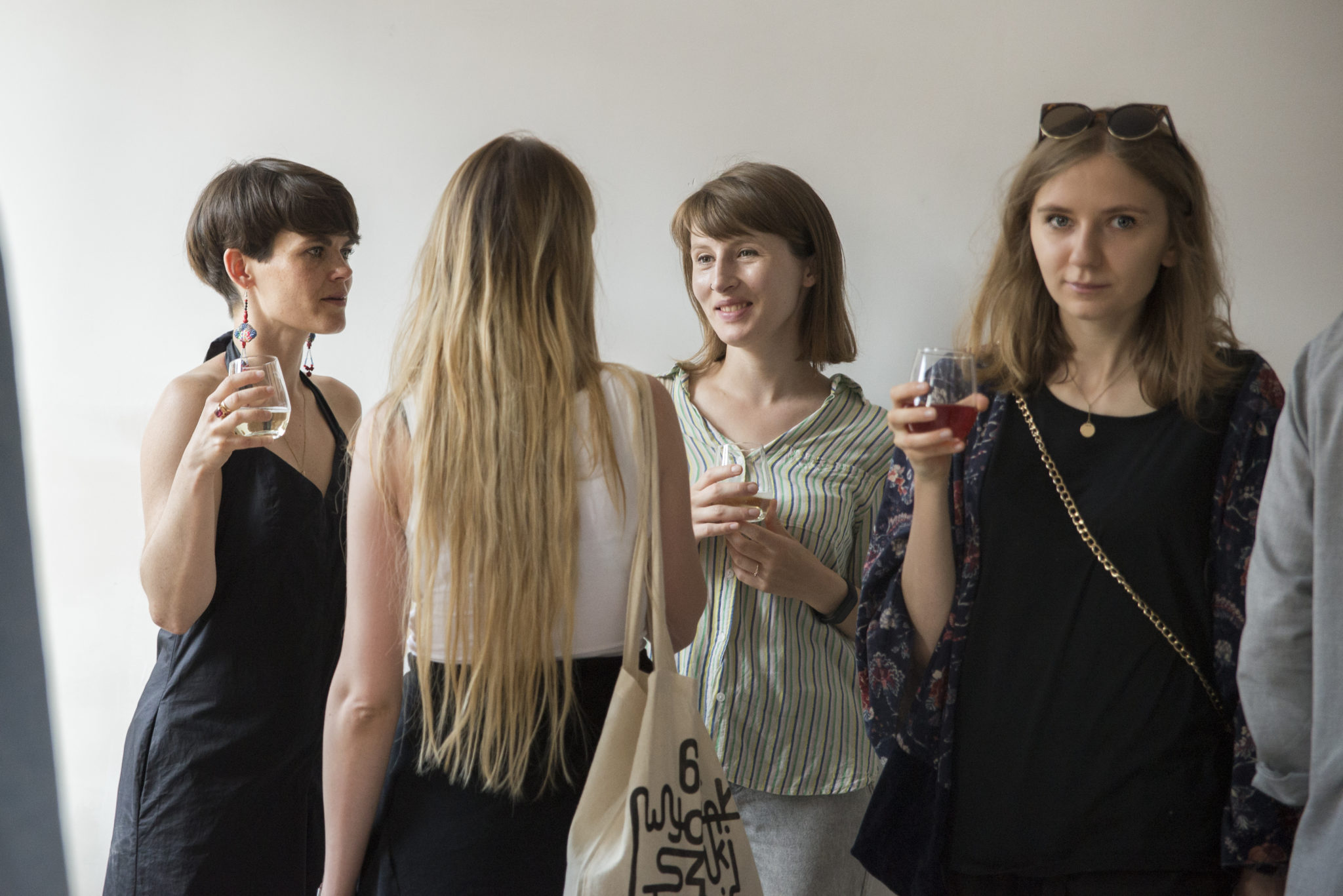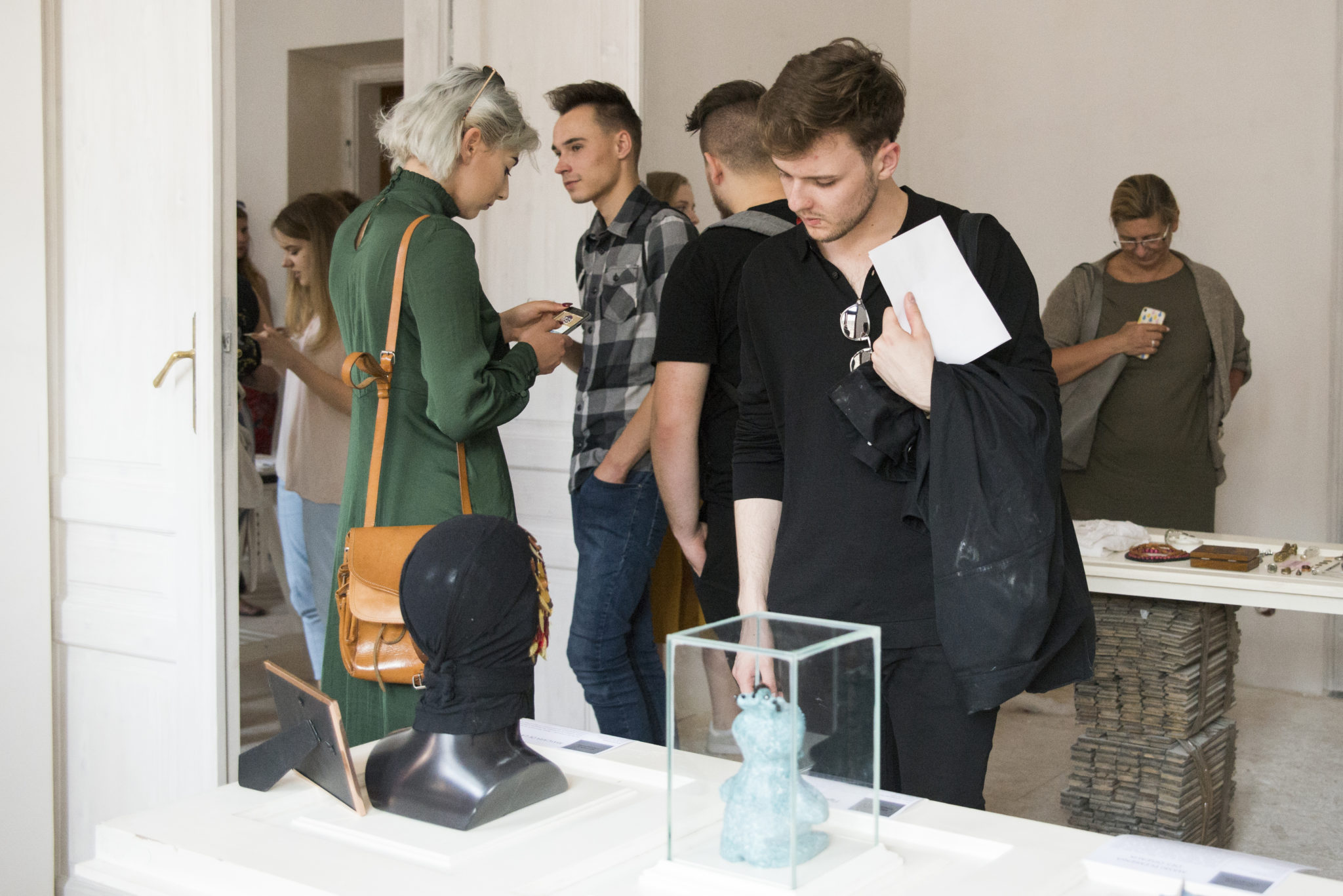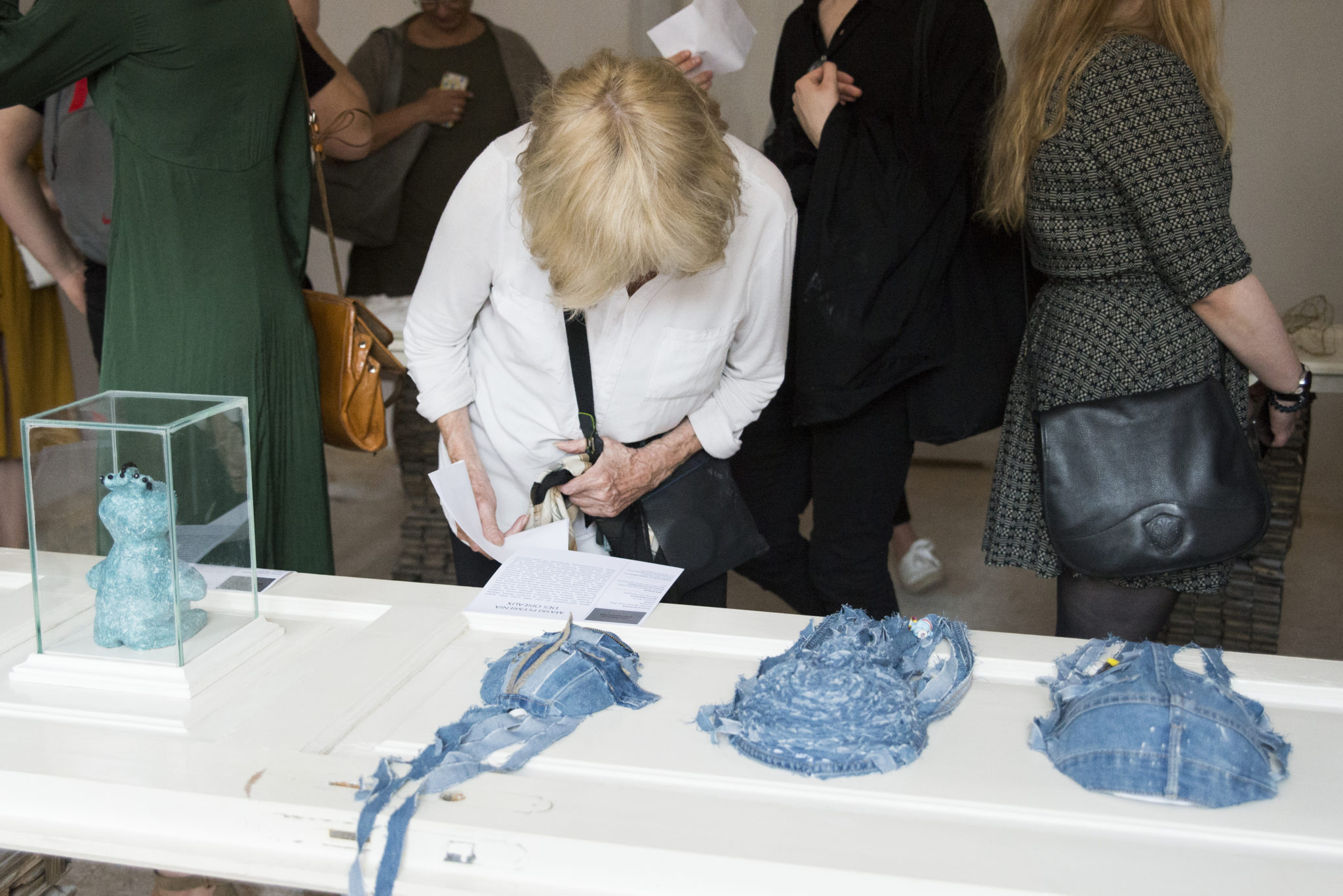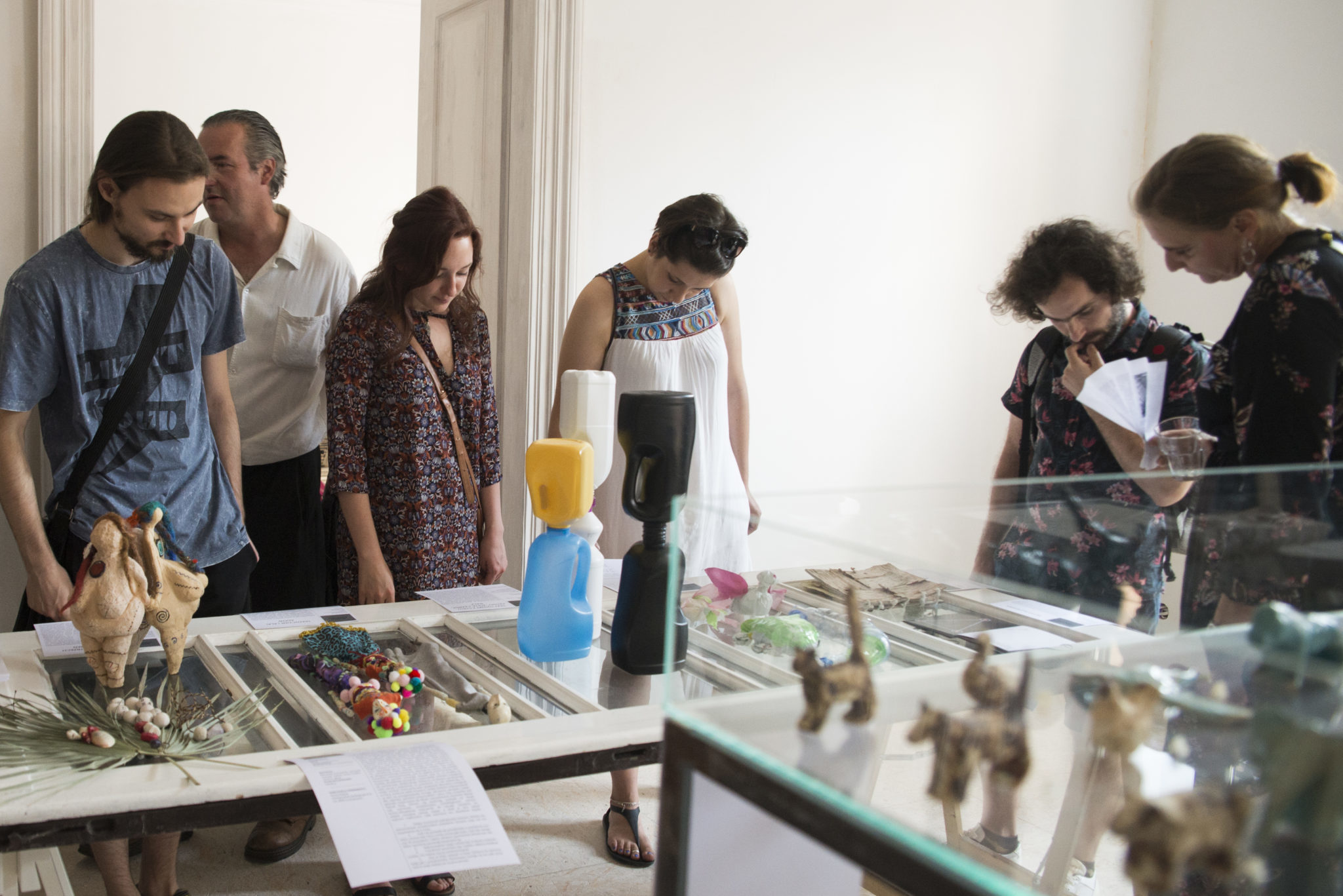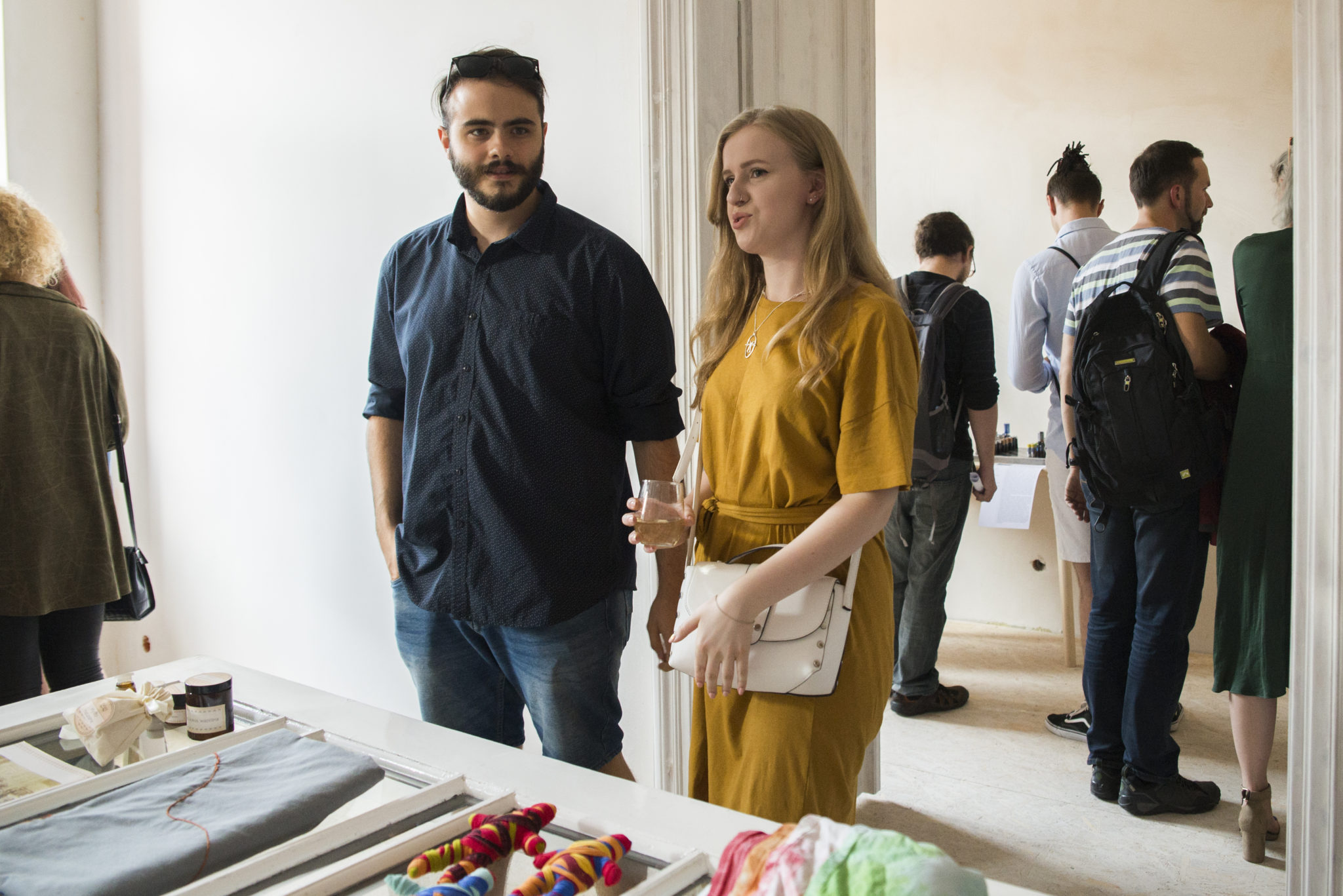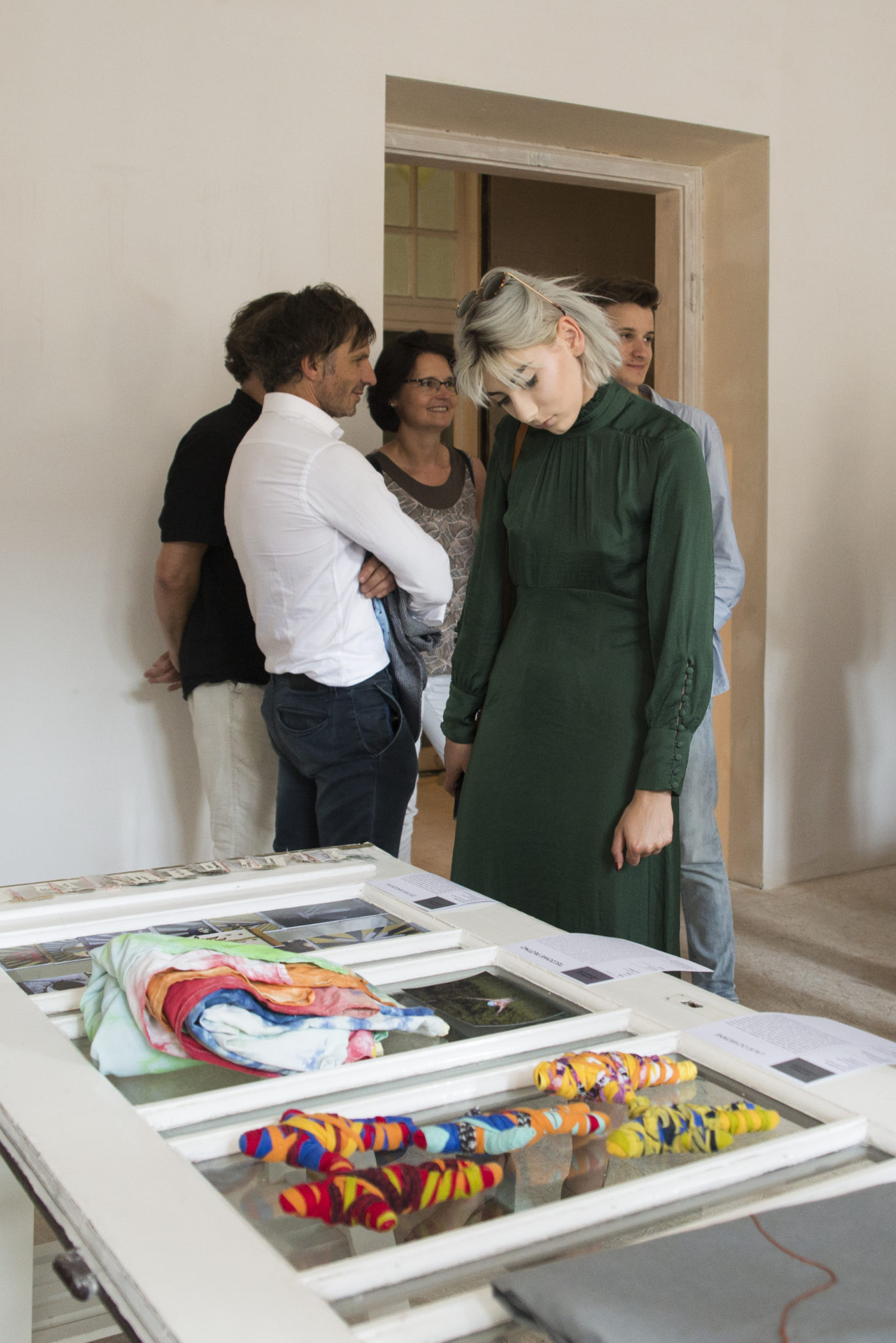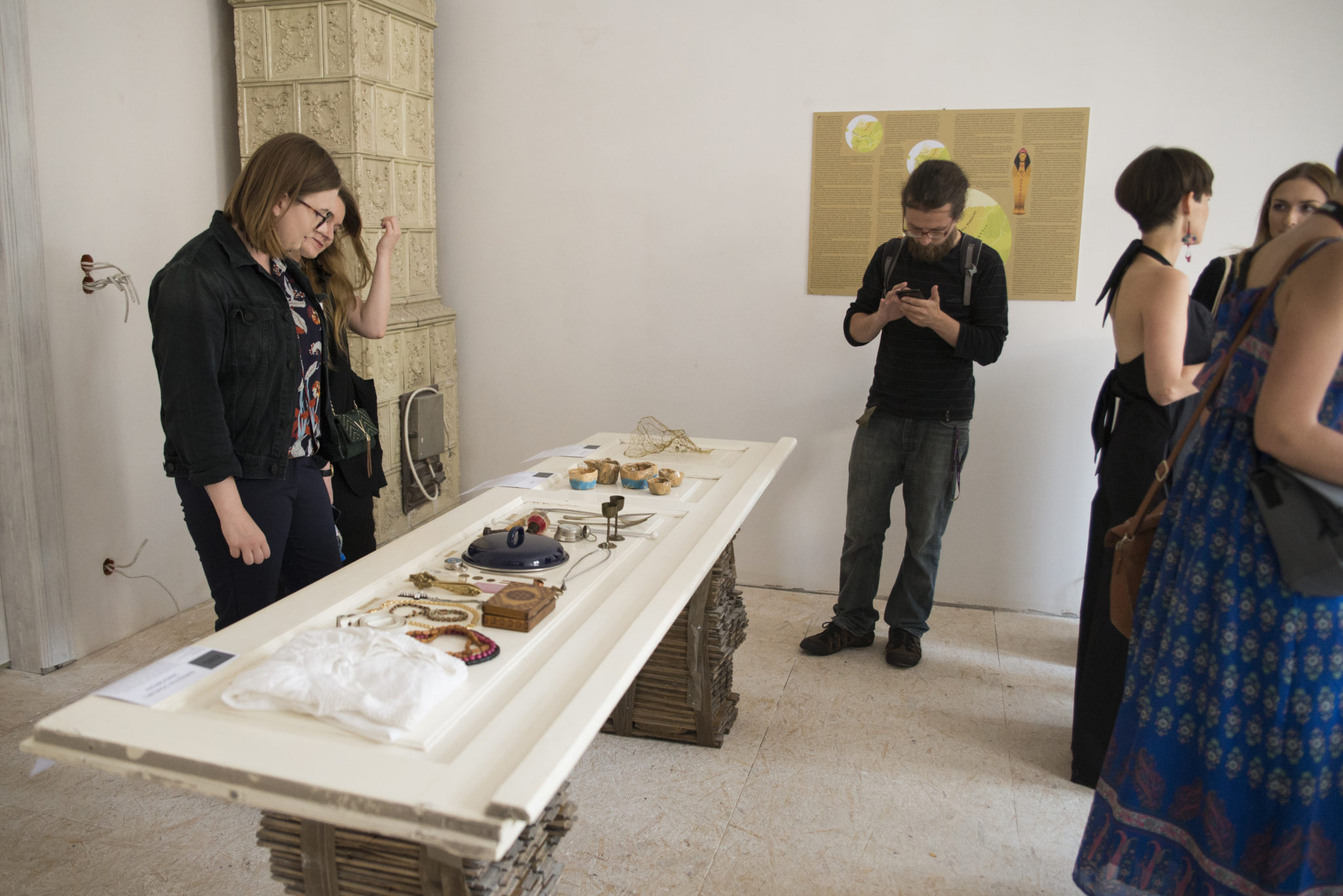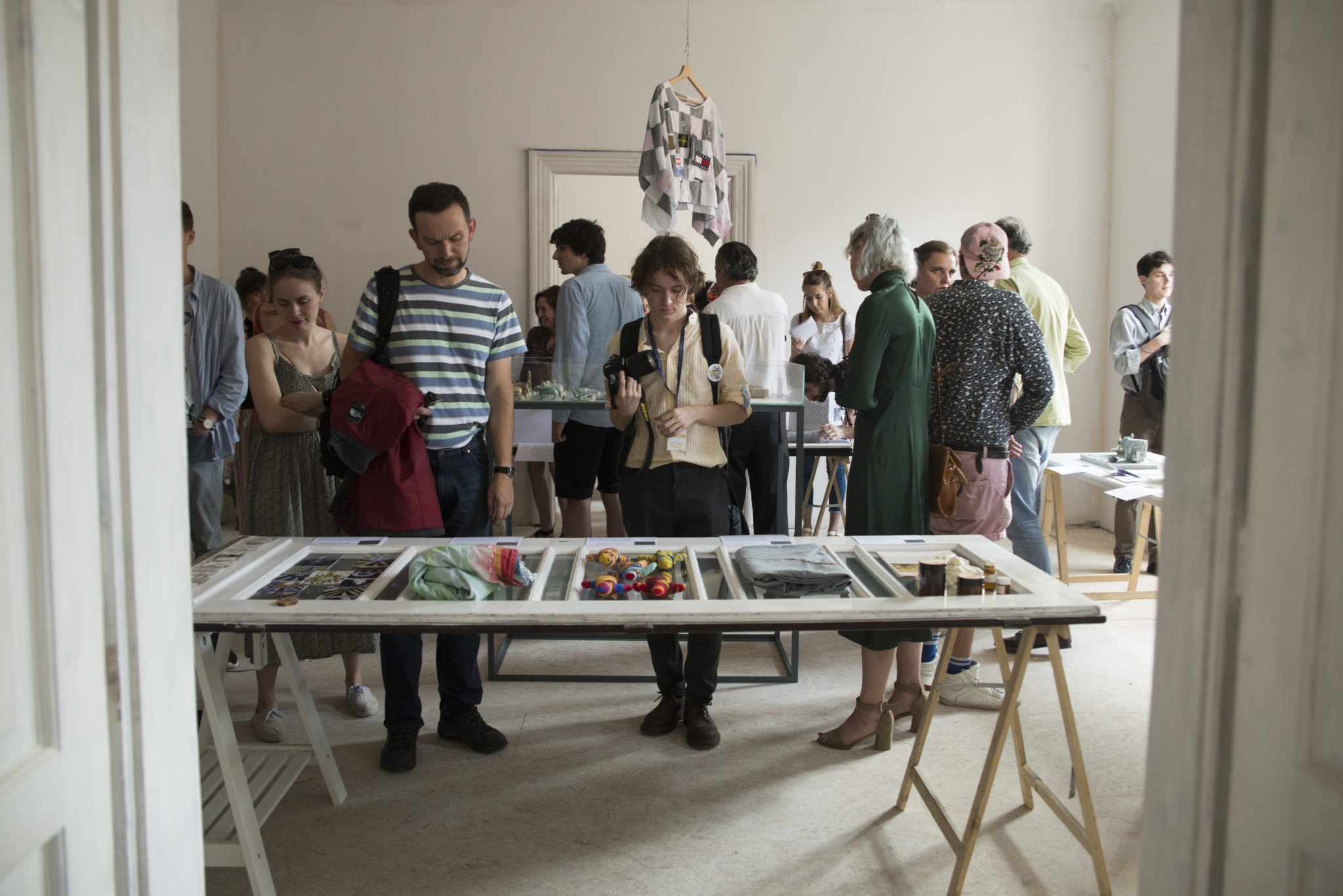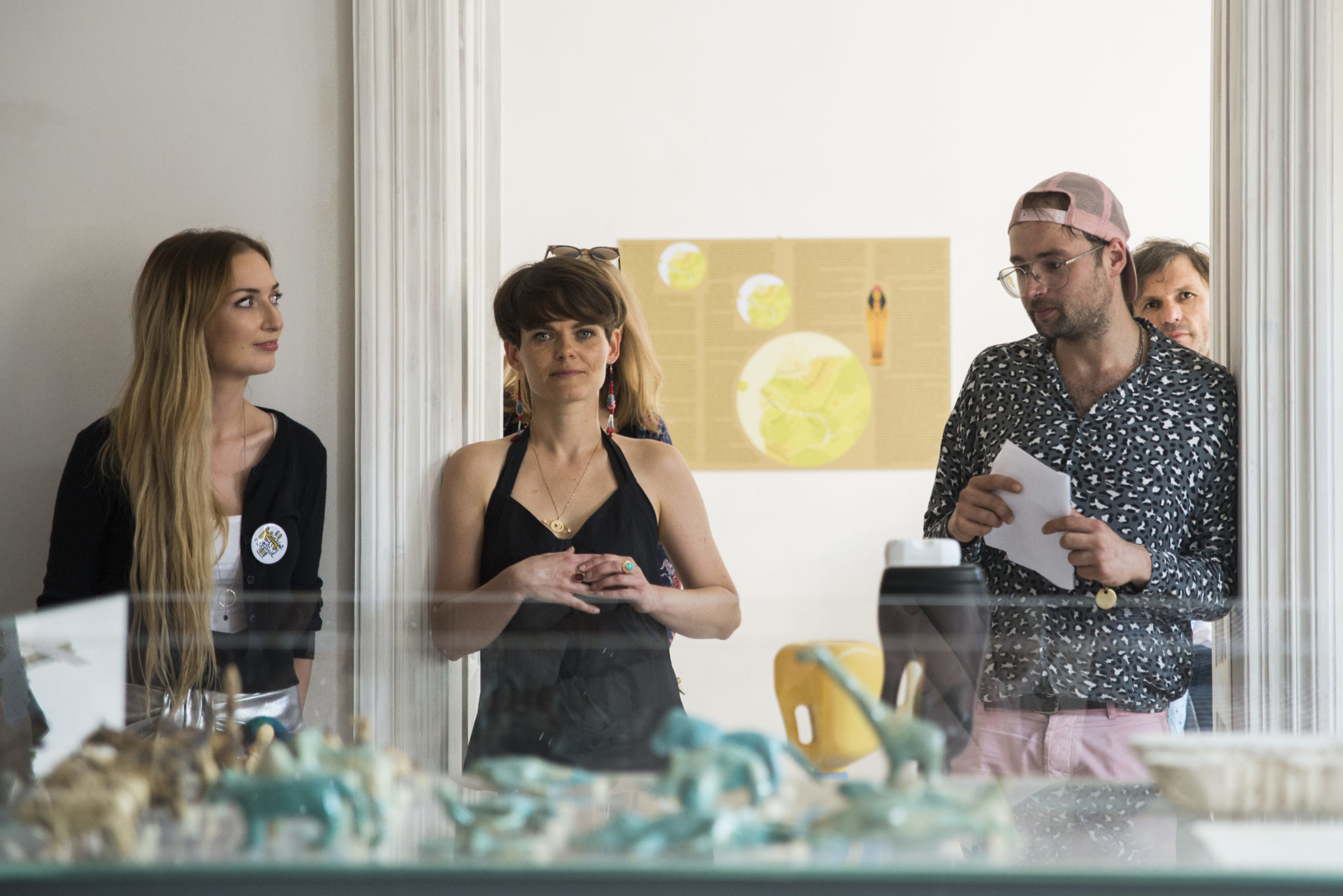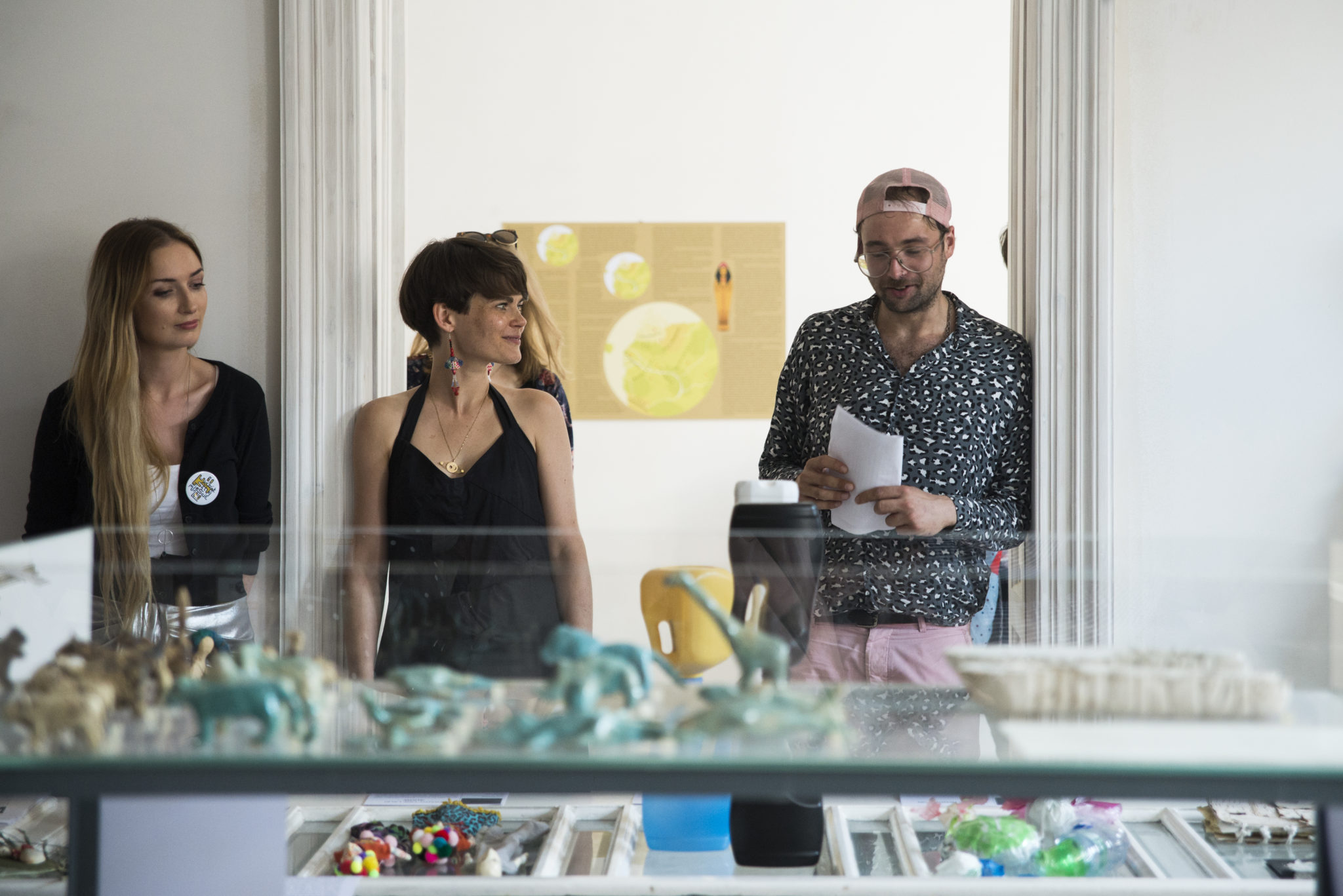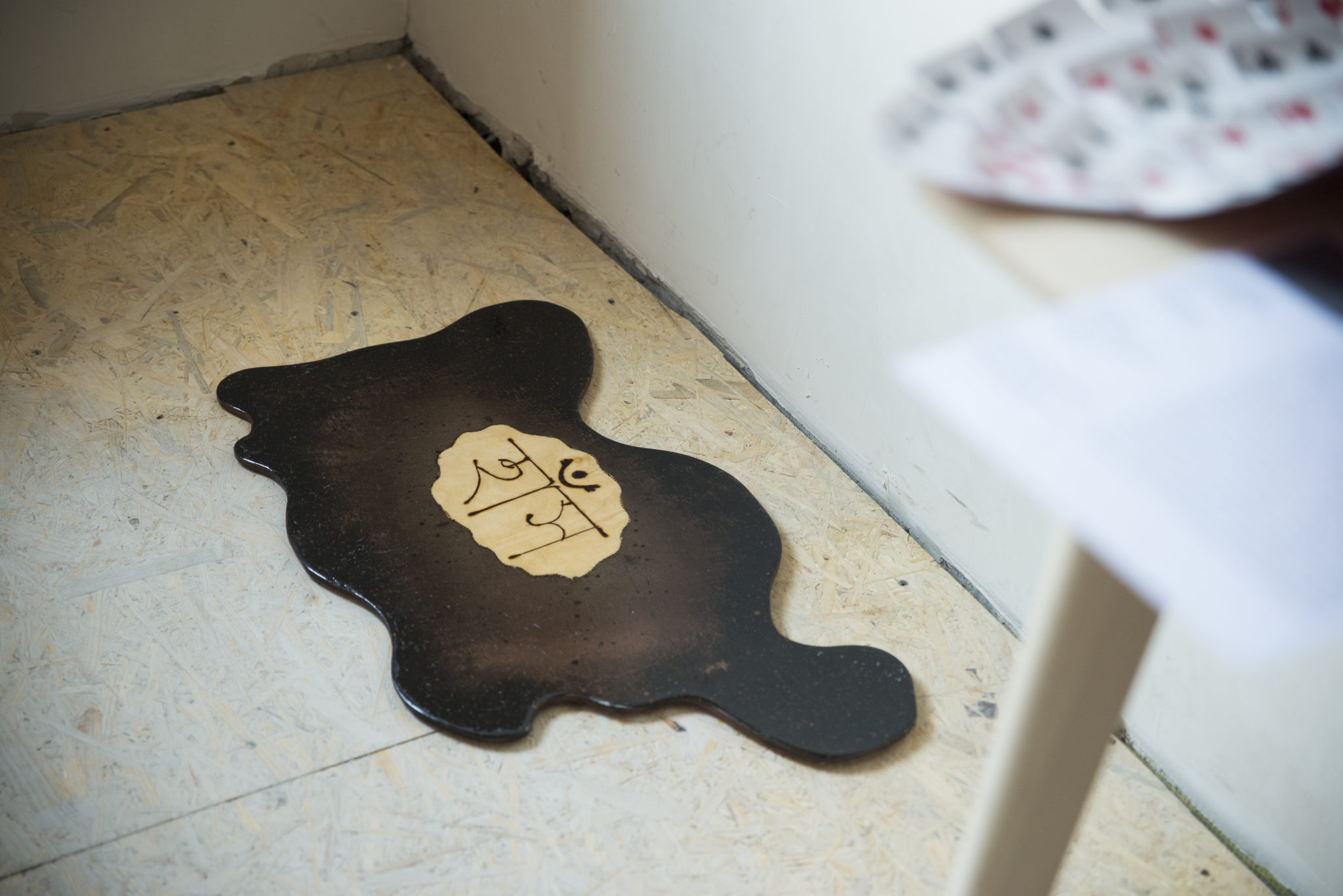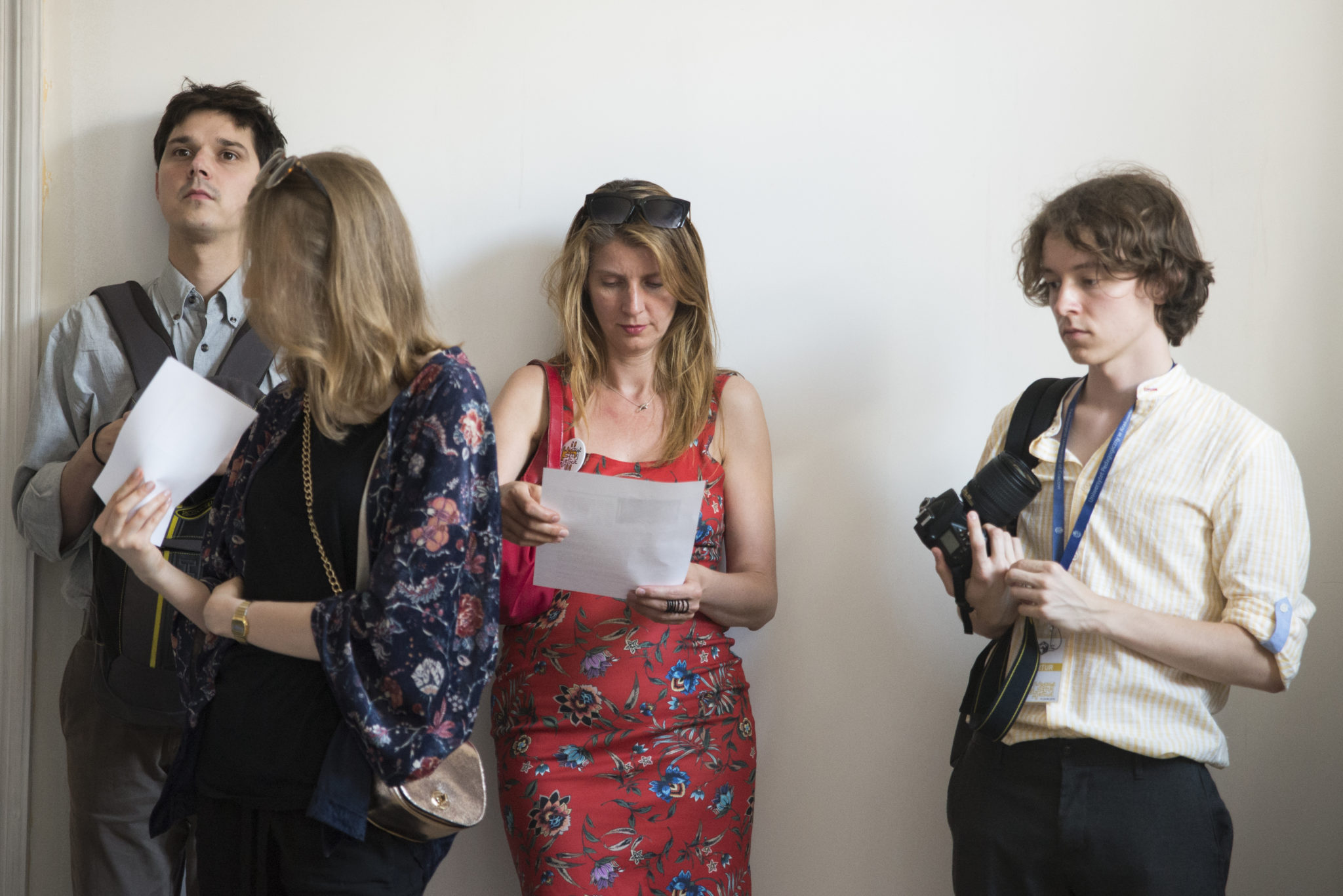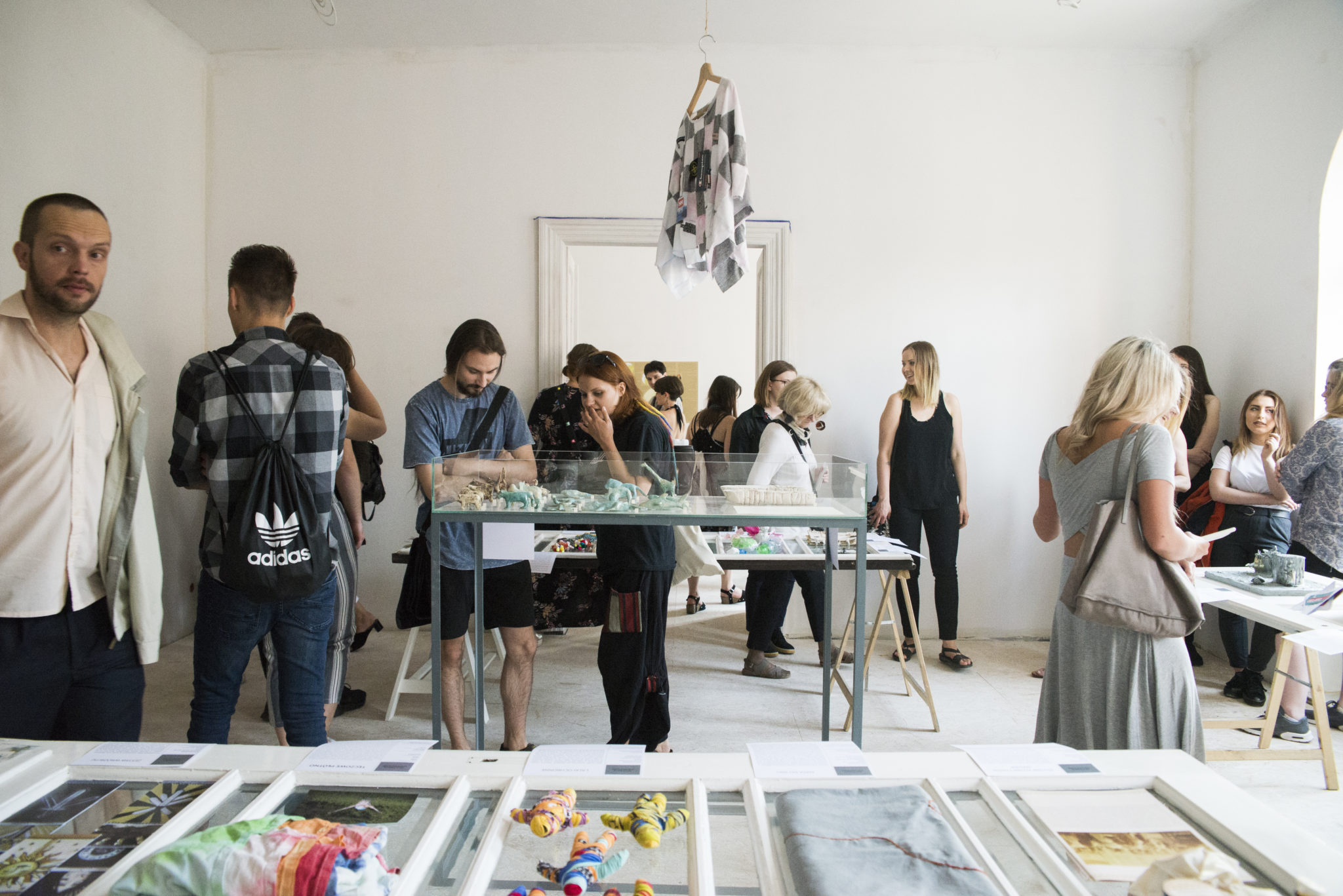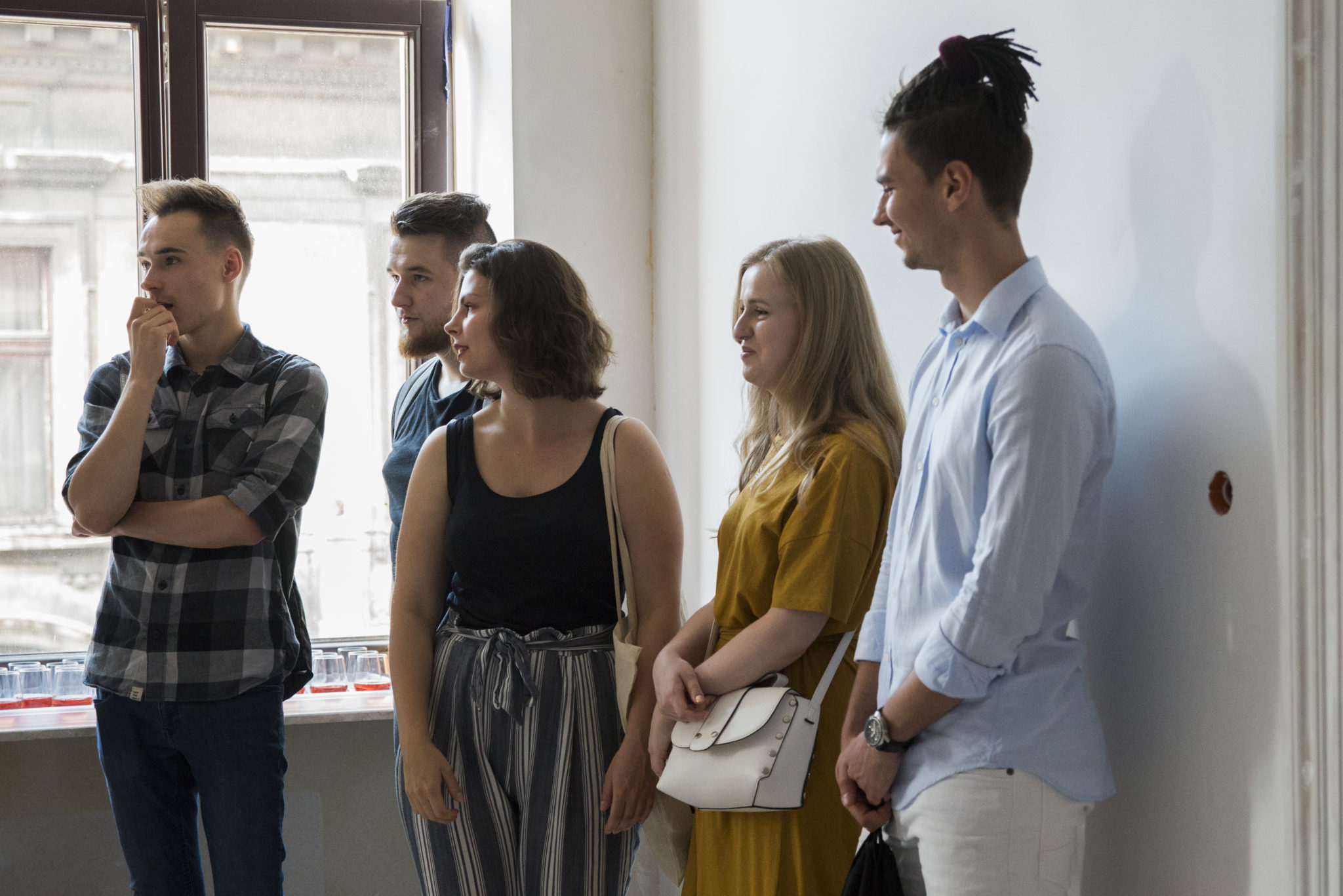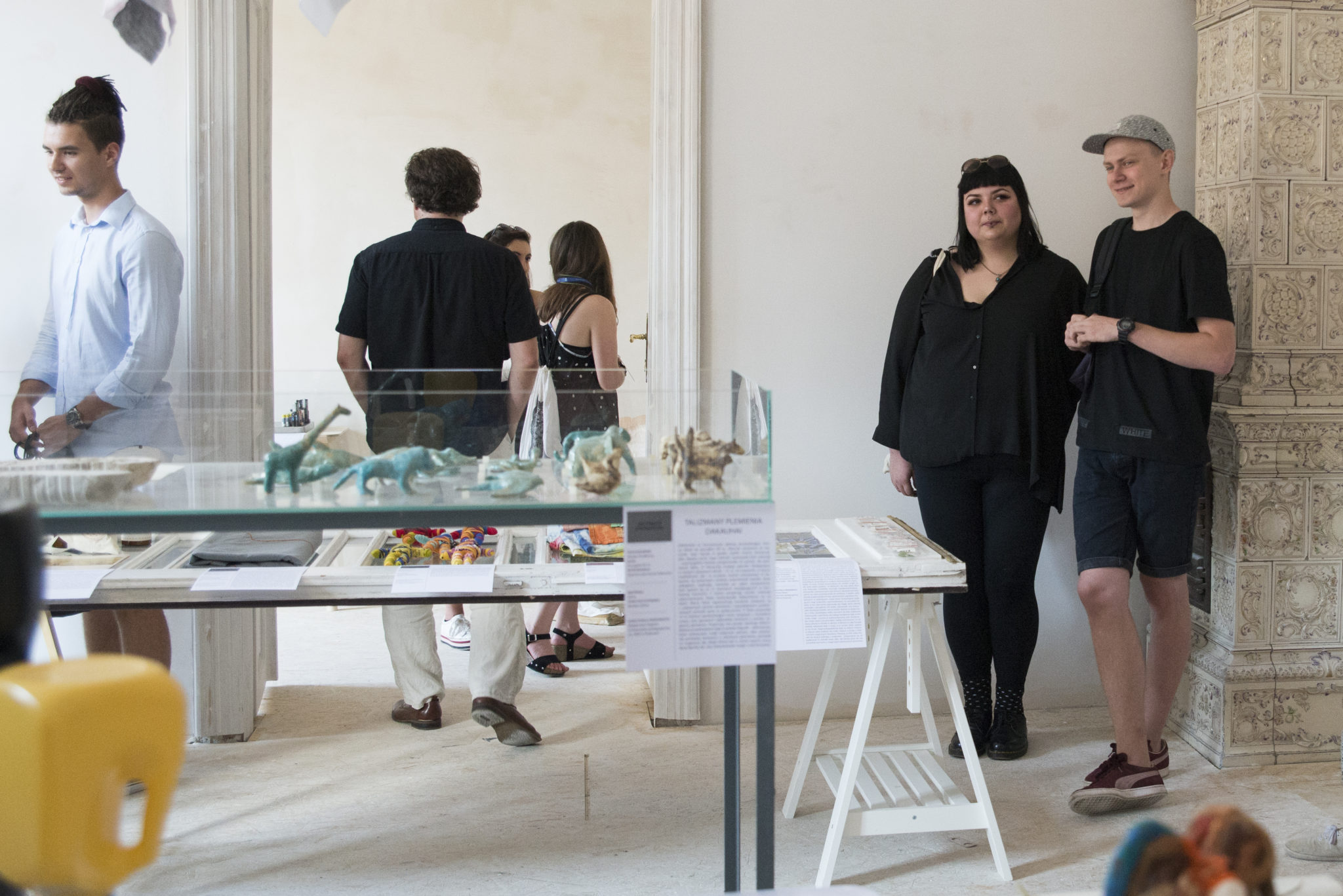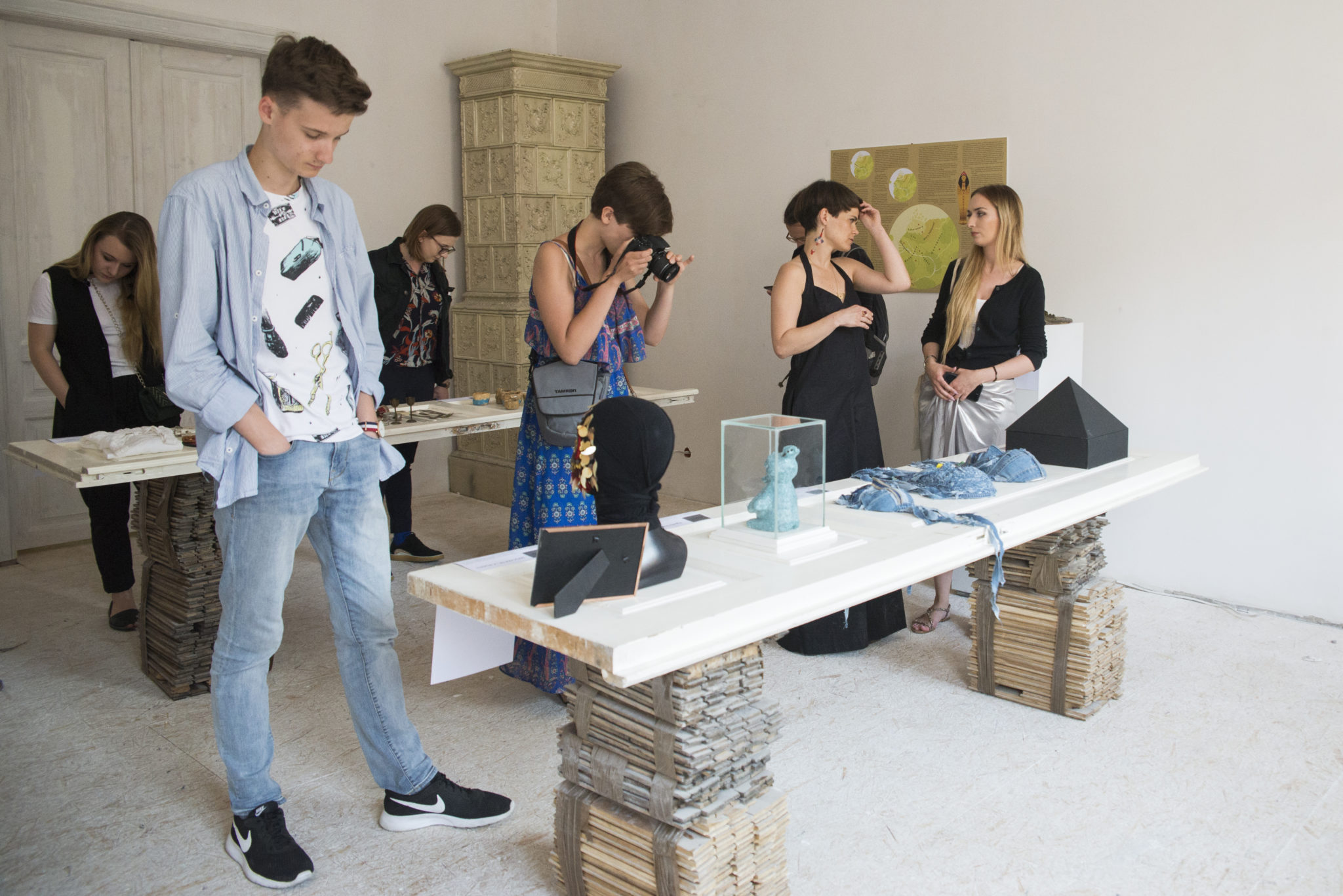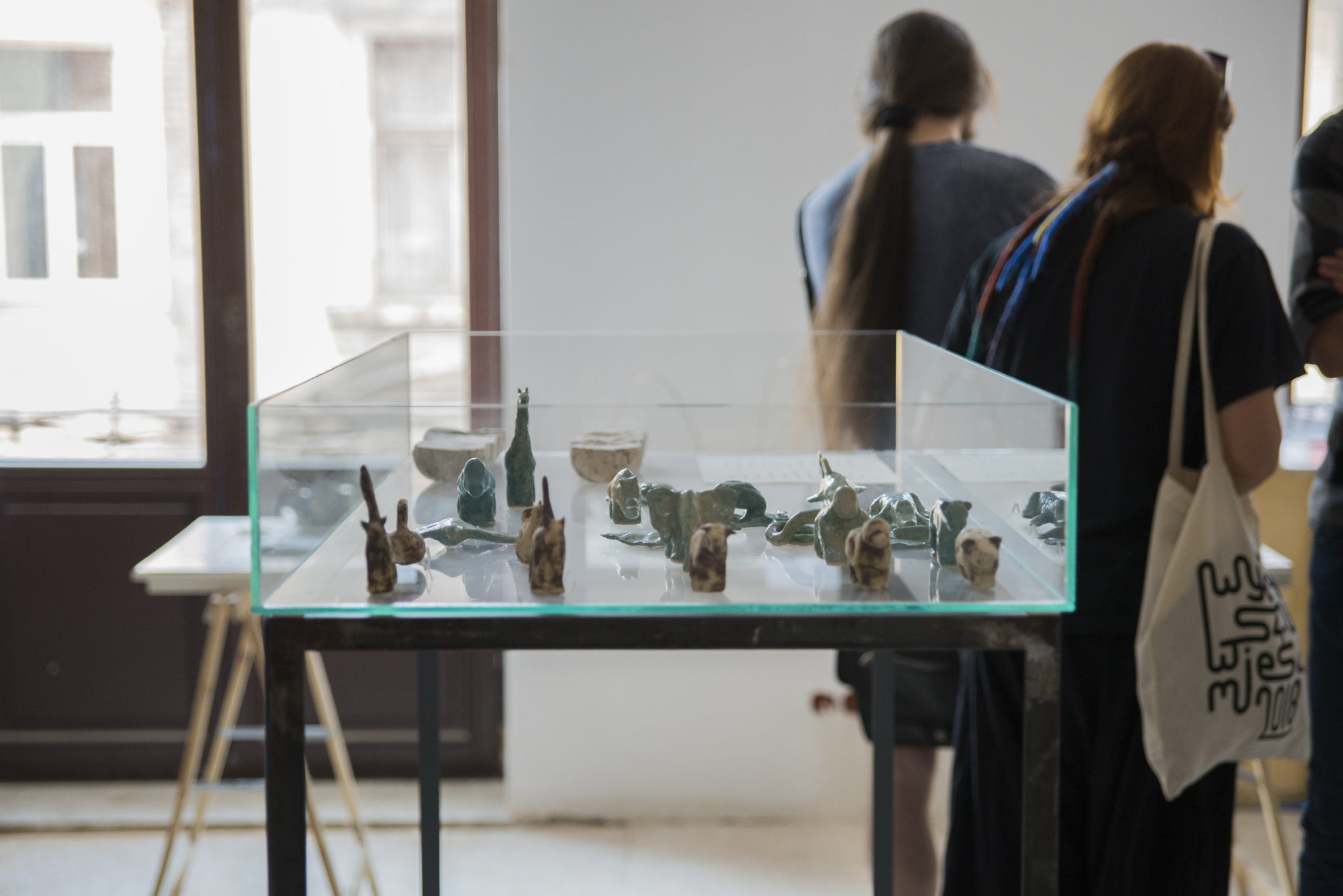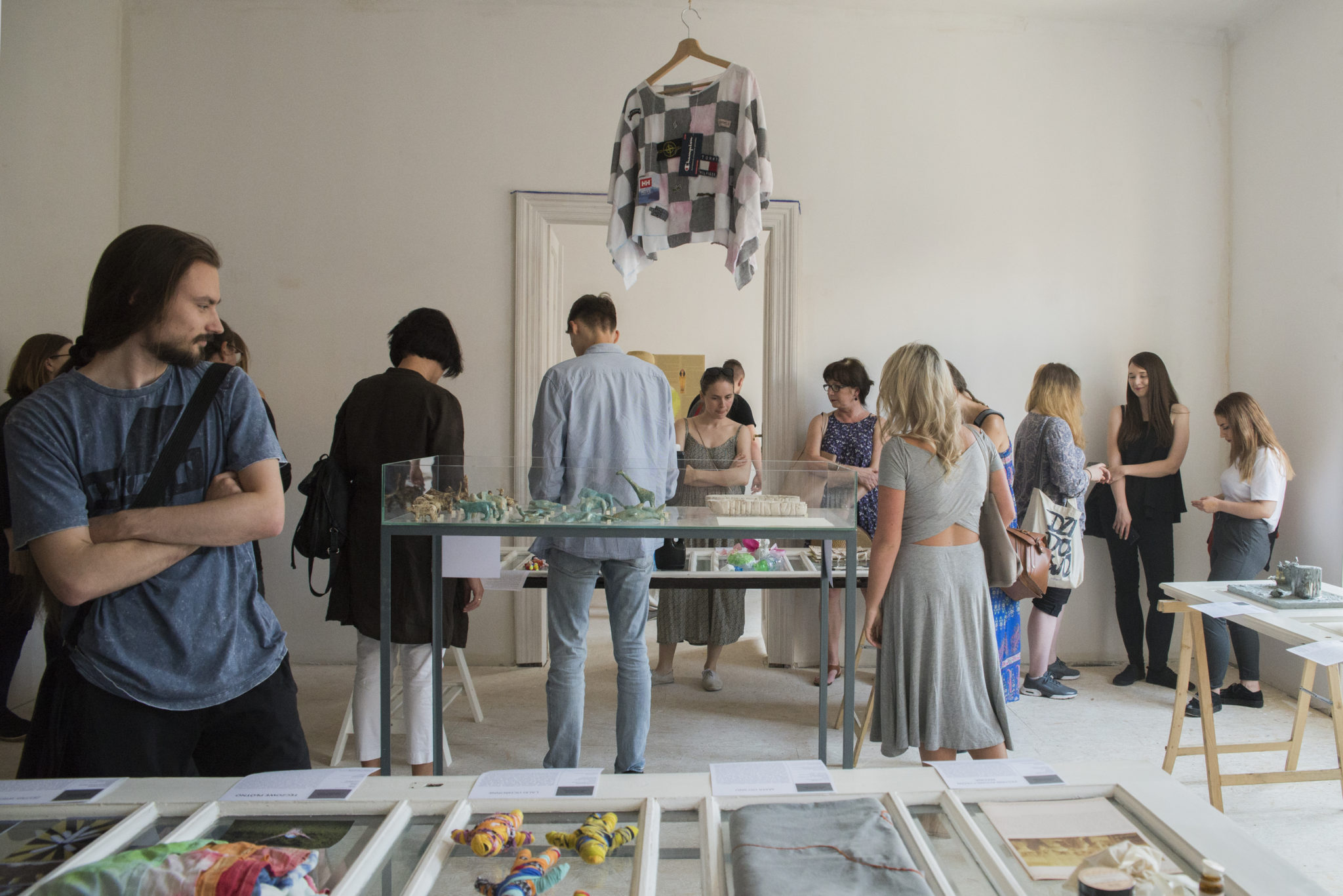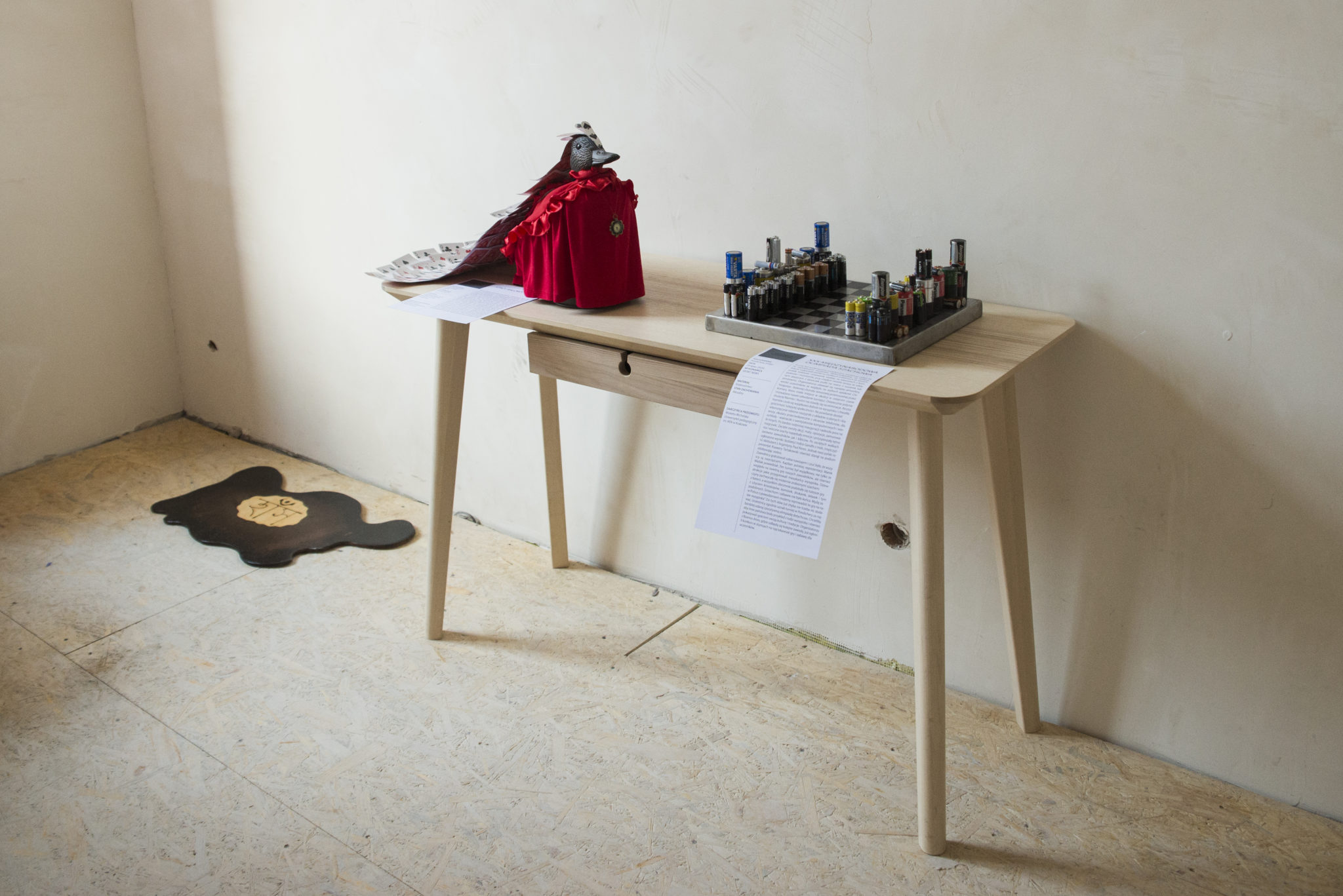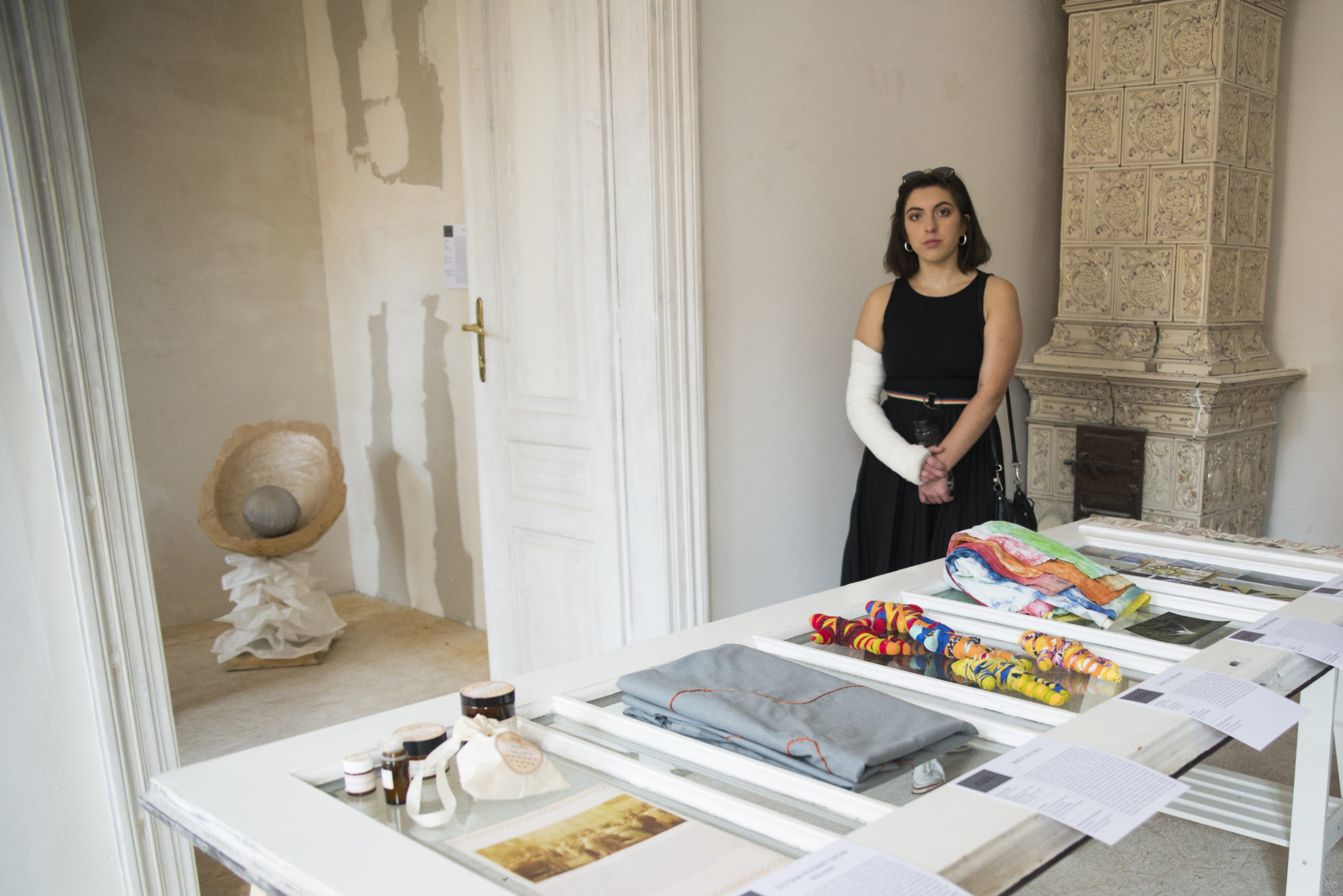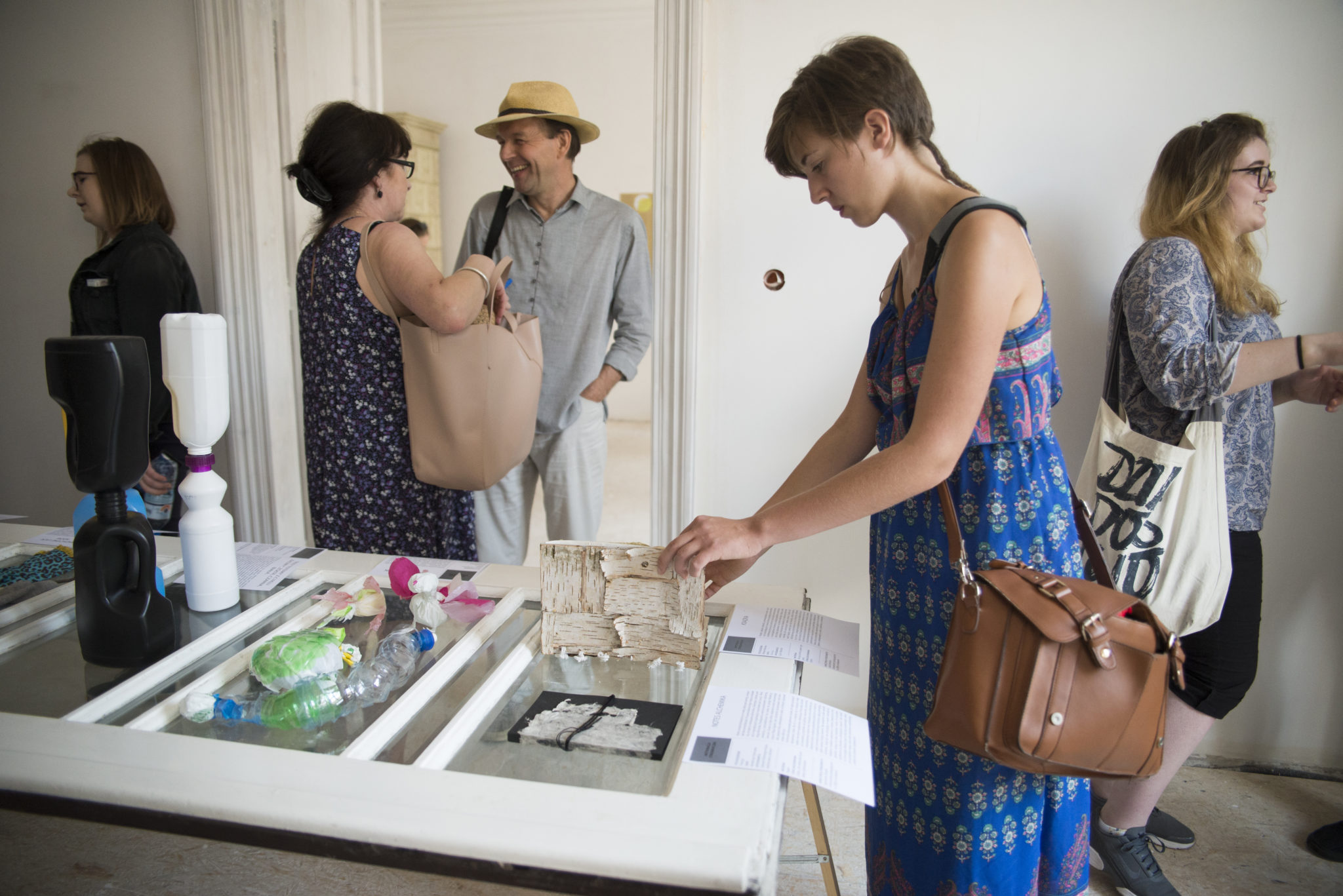What we see is like the eyes we see it with. Kant might have said. Or maybe not. It doesn’t matter anyway. Because everything, as Orwell himself wrote, can be rewritten or repainted. Everything can be a mystification. An ethnographic mystification, for instance. As in the task which Małgorzata Markiewicz gave her students (and herself). Having invented fictitious histories, cultures, tribes and lands, they were asked to create their artifacts and fetishes. The production of the bizarre kunstkammer was not merely playing with imagination. Rather, it was an exercise in negation, in posing questions and disputing facts. Because even the most preposterous stories, the most extraordinarily imagined peoples and their traditions are always stories of here and now. They, nonetheless, offer an opportunity of an escape from the status quo, they deconstruct reality.
Anyway, everything in the humanities is not so much a fact as an interpretation. Everything is a cultural construct. “The Ethnographic Mystification” is therefore no different from practices of factual ethnology. Were not folklores invented in the moment of their description of the first the-then-folklorists? Doesn’t the observer, in the very act of observation, change the perceived object? And are we ever capable of fully transcending our own views, beliefs, dogmas, stereotypes and cultural codes? It was Europe that invented the Orient, colonialism – Africa, and Witkiewicz – the Zakopane architectural style, while the roots in humans are always in the public eye.
Show more
On the 19th of February 1911, on the initiative of Seweryn Udziela, the first ethnographic exhibition was opened in Krakow. A street away from “The Ethnographic Mystification” and identically – in three apartment rooms. This, at least, is reported by the annals of history. Which doesn’t need to be true. After all, it could have happened in another place and time. And nothing would have changed. „The Ethnographic Mystification” simulates a small ethnographic museum, a cabinet of curiosities in an unfinished bourgeois enfilade replete with objects from non-existent worlds. And in its pretence, it is no different from the rest of reality. Because everything is a simulacrum and we are all living in Philip K. Dick’s “The Man in the High Castle”, where every reality turns out to be untrue. Even the one closest to historical facts. Ultimately, it is only a fragment of a novel. Of scribbled-over pages.
The choice of nothing other than ethnology as a field of creative manipulation appears to be an intentional gesture. It enabled bringing to life a multiplicity of pre-civilizational rites, sisterly communities, impossible worlds. They are illustrated by objects appropriately inept and ludic. And in this instance, these words lose their pejorative meaning. Become manifestos. Voices of protest against the present. Because when times are uncertain, we escape into magic. Cast spells.
Anyway, this also doesn’t matter. Because as in “Picnic at Hanging Rock”: “What we see and what we seem are but a dream, a dream within a dream.”
See the Exhibition Catalogue >
Show less
